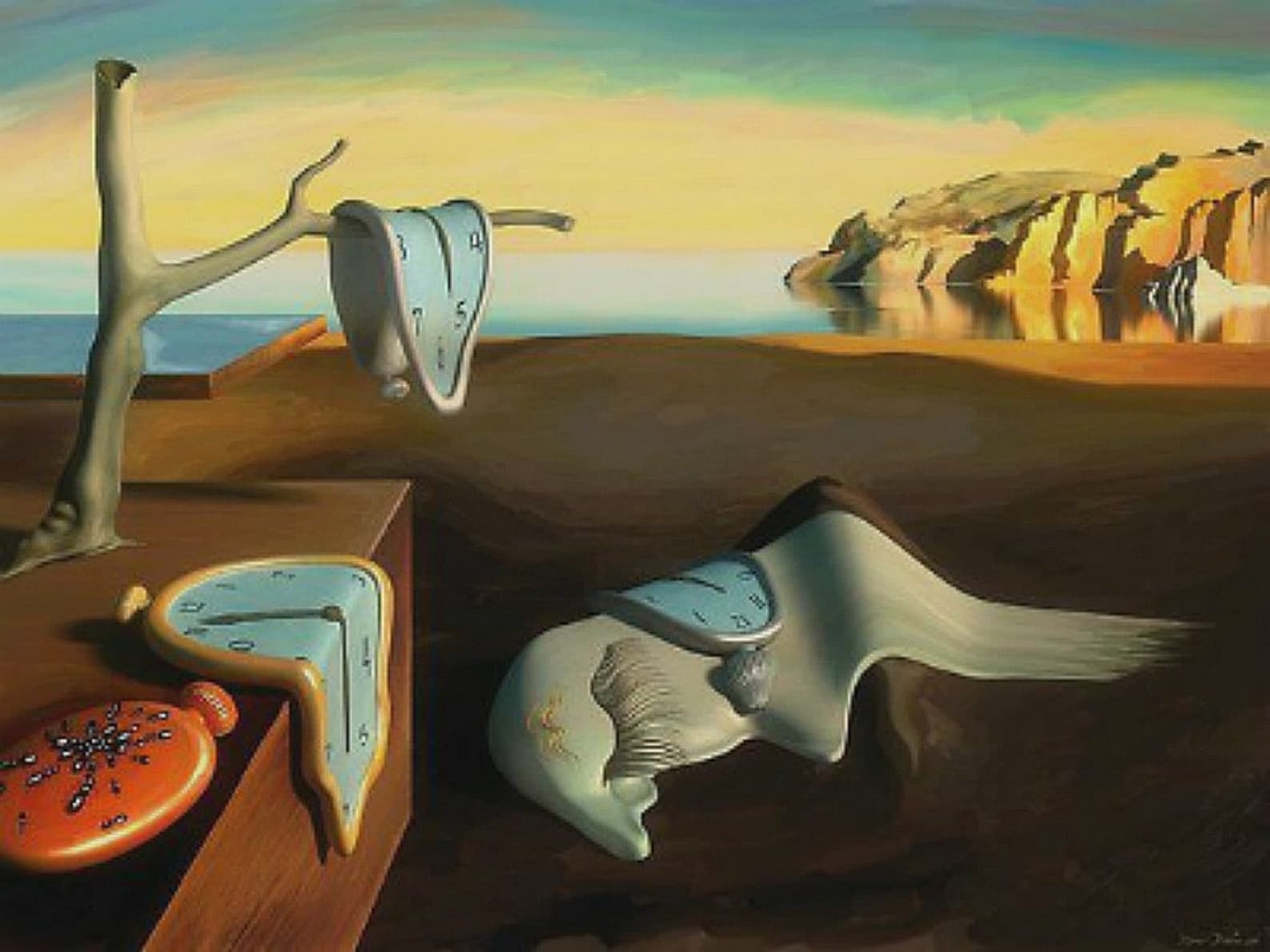


Although the completed work ended up having quite a whimsical character, my original concept was the exploration of memory and its effect on our perception of the present. Because of the probabilistic nature of the interaction between the piano and the real-time electronics, the electronic music will be different each time the piece is performed, but its overall shape and character will persist across performances. The pianist plays lines taken directly from the electronics, and new unpredictable music, derived from register-specific combinations of notes that come from the different electronic lines. The electronics consist of six rather anodyne contrapuntal tunes, in conventional styles (particularly boogy-woogy blues), which play with varying probability and degree of distortion, depending on the moment in the piece, and on whether the pianist is accelerating or decelerating the tempo of the music. A MAX score-following "patch" receives midi pitch data from the piano, and controls the electronics by measuring the continuously changing tempo (as directed in the score) of the pianist's playing. The work is scored for interactive electronics and a midi-generating acoustic piano, such as a Disklavier or an acoustic piano with a Moog Music PianoBar.

Flamboyant electronic transformations reflect the personality of the painter, and the whimsical directions in which he later took the images presented in the original painting. The flexibility of this work's tempo, unusual for a work in which the electronics are closely coordinated with the live performer, mirrors the flexibility of the clocks in the painting. La Persistencia de la Memoria (The Persistence of Memory) takes its title from the iconic surrealist painting ("The Persistence of Memory") by Salvador Dalí.


 0 kommentar(er)
0 kommentar(er)
